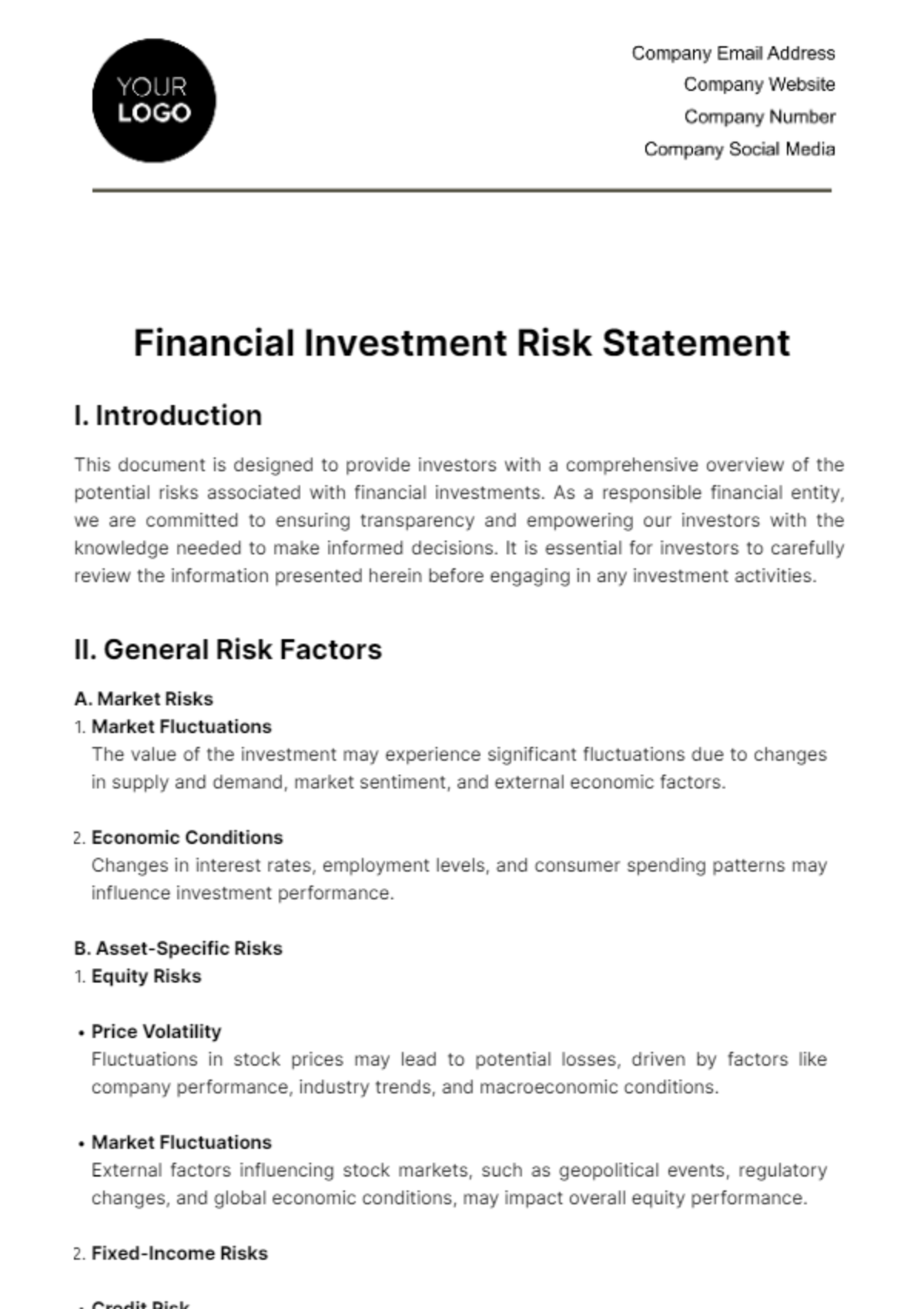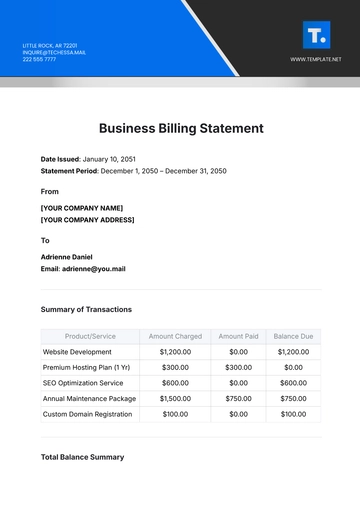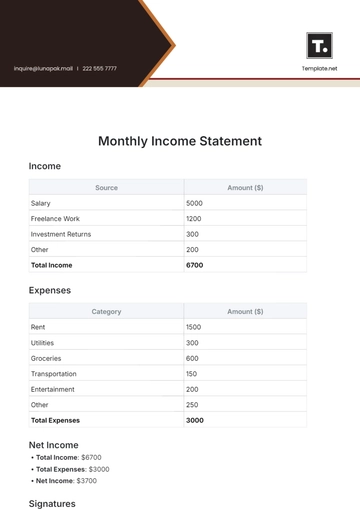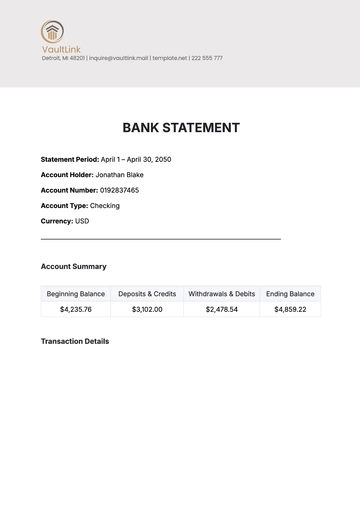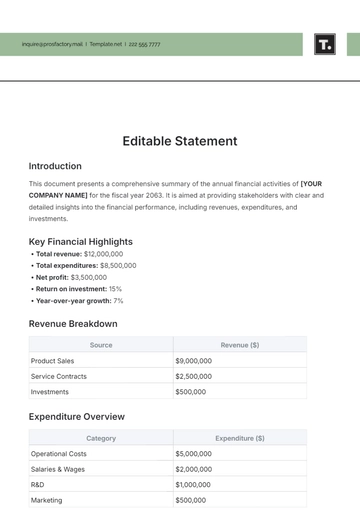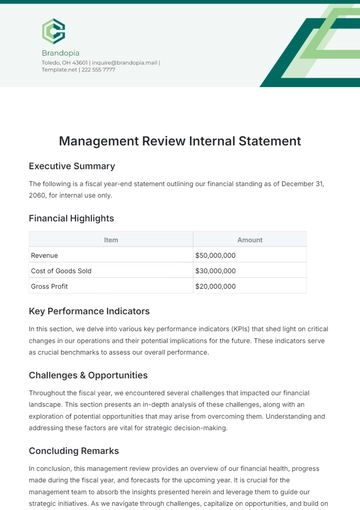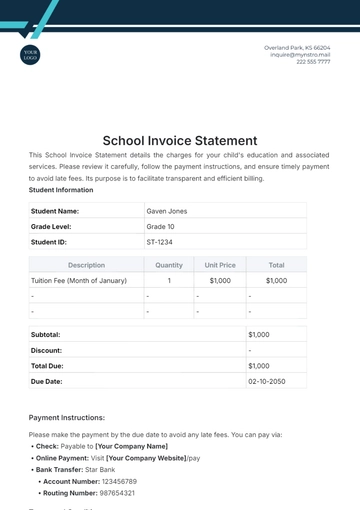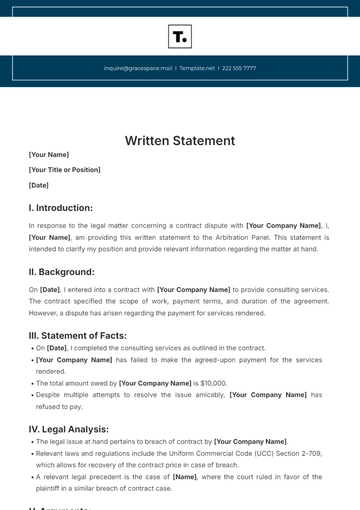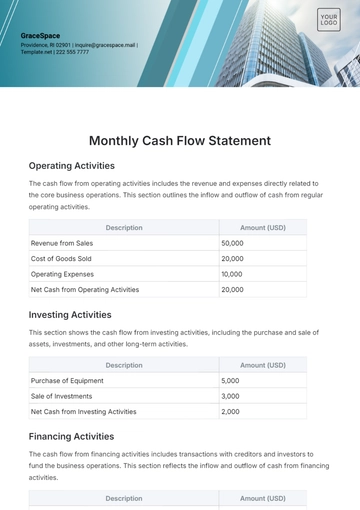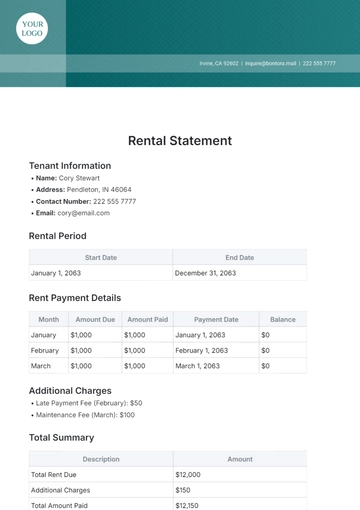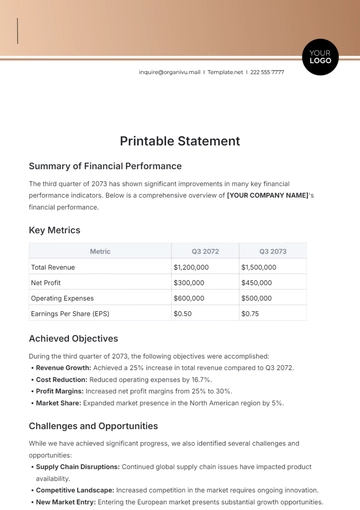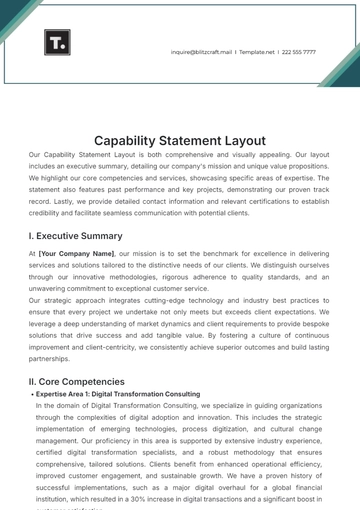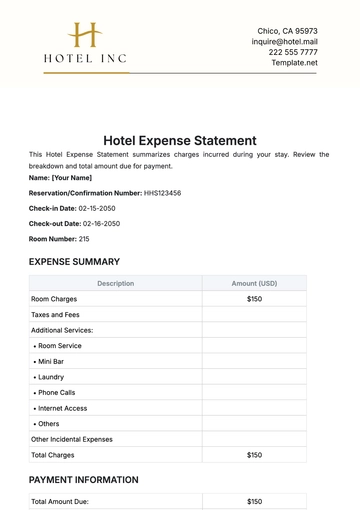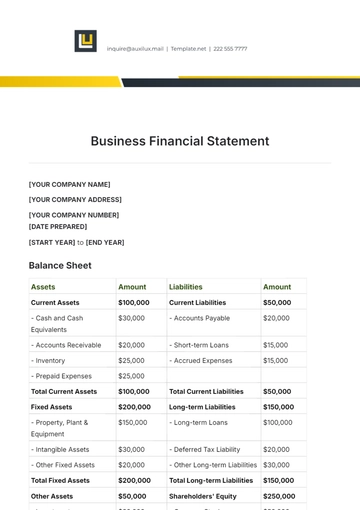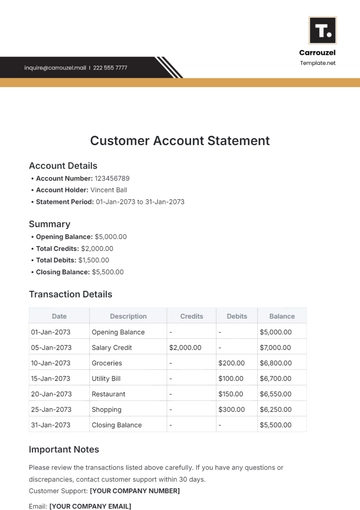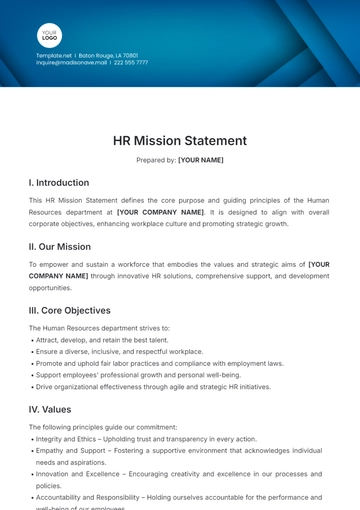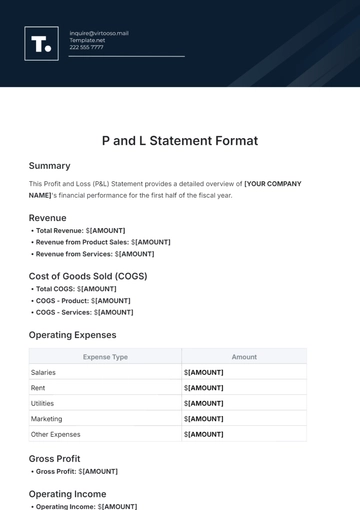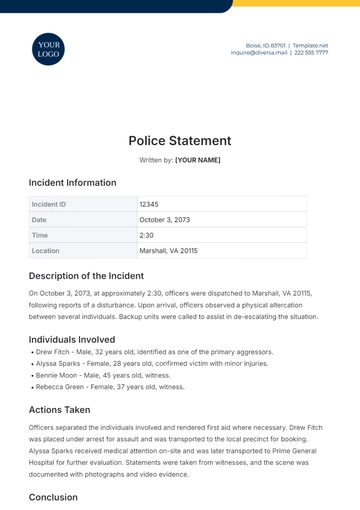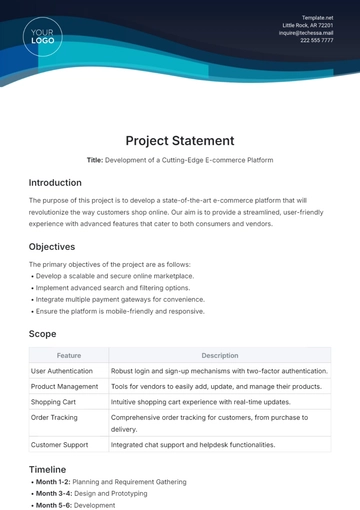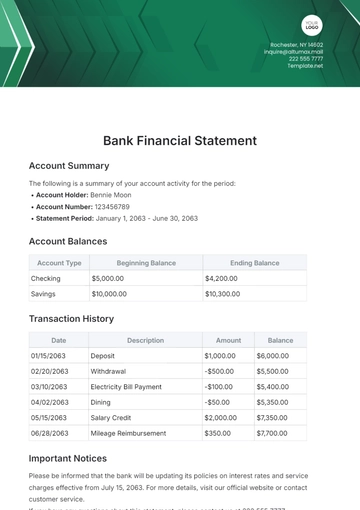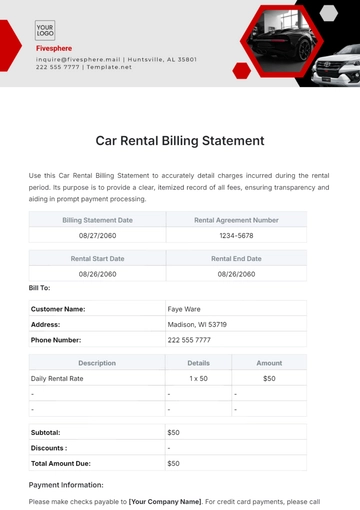Financial Investment Risk Statement
I. Introduction
This document is designed to provide investors with a comprehensive overview of the potential risks associated with financial investments. As a responsible financial entity, we are committed to ensuring transparency and empowering our investors with the knowledge needed to make informed decisions. It is essential for investors to carefully review the information presented herein before engaging in any investment activities.
II. General Risk Factors
A. Market Risks
Market Fluctuations
The value of the investment may experience significant fluctuations due to changes in supply and demand, market sentiment, and external economic factors.
Economic Conditions
Changes in interest rates, employment levels, and consumer spending patterns may influence investment performance.
B. Asset-Specific Risks
Equity Risks
Price Volatility
Fluctuations in stock prices may lead to potential losses, driven by factors like company performance, industry trends, and macroeconomic conditions.
Market Fluctuations
External factors influencing stock markets, such as geopolitical events, regulatory changes, and global economic conditions, may impact overall equity performance.
Fixed-Income Risks
III. Liquidity and Credit Risks
A. Liquidity Risks
The ability to quickly convert the investment to cash without significant impact on its price. Assessing the liquidity of the investment in various market conditions is vital.
B. Credit Risks
The potential for issuers of bonds or other debt instruments to fail to meet their financial obligations. Analyzing credit ratings and the financial health of bond issuers is crucial in mitigating this risk.
IV. Regulatory and Currency Risks
A. Political and Regulatory Risks
Regulatory Changes
Changes in financial regulations impacting the investment. Staying informed about regulatory developments and their implications is essential.
Political Instability
Political events may affect the stability of the investment environment. Evaluating geopolitical risks and their potential effects on the investment is crucial for risk management.
B. Currency Risks
Fluctuations in exchange rates impacting the value of the investment in different currencies. Employing hedging strategies and monitoring currency trends are essential components of managing this risk.
V. Credit Risks
A. Default Risk
The risk that issuers of fixed-income securities, such as bonds, may fail to meet their financial obligations, resulting in non-payment of interest or principal. Investors should assess credit ratings, financial health, and economic conditions impacting issuers to gauge default risk accurately.
B. Credit Spread Risk
The potential for the difference in yields between bonds of varying credit qualities to widen, impacting the relative performance of different fixed-income securities. Economic downturns or changes in market sentiment can exacerbate credit spread risk, affecting the overall portfolio.
VI. Political and Regulatory Risks
A. Regulatory Changes
The risk of adverse impacts on the investment due to changes in financial regulations, tax policies, or legal frameworks. Monitoring regulatory developments and adapting investment strategies accordingly helps mitigate regulatory risk.
B. Political Instability
The potential disruption to investments caused by political events, social unrest, or geopolitical tensions. Investments in regions prone to political instability may be more susceptible to unexpected changes.
VII. Currency Risks
A. Exchange Rate Risk
The risk that fluctuations in exchange rates may impact the value of international investments when translated into the investor's base currency. Hedging strategies and constant monitoring of currency trends are essential to managing exchange rate risk effectively.
B. Repatriation Risk
This risk is associated with challenges in repatriating funds from a foreign market due to regulatory restrictions or adverse economic conditions. Investors should be aware of the repatriation policies in different jurisdictions where their investments are held.
VIII. Fees and Expenses
A. Management Fees
The fees charged by investment managers for managing the portfolio. Investors should understand the fee structure, as high management fees can significantly reduce overall returns.
B. Performance Fees
Fees tied to the fund's performance, often charged when the fund outperforms a benchmark. While performance fees can align interests, investors should carefully consider the impact on overall costs, especially during periods of market outperformance.
IX. Risk Tolerance and Suitability
A. Risk Tolerance Assessment
It is essential to evaluate one’s ability to endure fluctuations in the value of their investments and the comfort level with different risk levels. Understanding one's risk tolerance helps in aligning investment choices with individual preferences and financial goals.
B. Suitability Considerations
It is crucial to ensure that the chosen investment aligns with the investor's financial objectives and risk tolerance. Conducting a thorough suitability assessment is crucial to avoid investments that may not be appropriate for the individual's unique circumstances.
X. Disclaimer
While we strive to provide accurate and timely information, past performance is not indicative of future results. It is imperative for investors to assess their risk tolerance, suitability, and financial goals in alignment with the disclosed risks. Our commitment to transparency and risk disclosure is paramount, and we encourage ongoing diligence and periodic review of this statement in the context of changing market conditions.
Finance Templates @ Template.net
